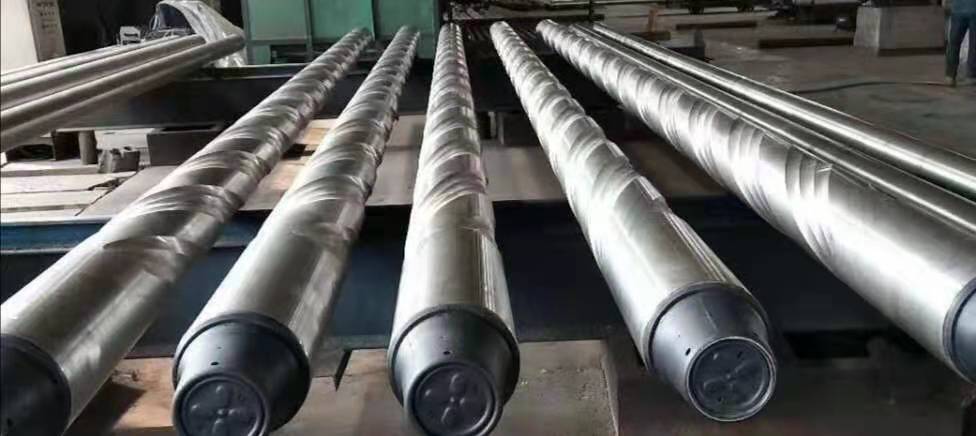What Are the Numbers on a Drill Collar?
Imagine you're standing in front of a colossal drilling rig, surrounded by heavy machinery and a team of experts. You're curious about the massive metallic structure that connects various drilling components. This essential piece of equipment is known as a drill collar. You might have noticed a series of numbers etched onto the collar, and you wonder: What are these numbers, and why are they important? In this article, we'll delve into the practicality of the numbers on a drill collar and uncover their significance in the world of drilling.

Understanding Drill Collars
Before we delve into the numbers, let's get a clear understanding of what drill collars are. A drill collar is a heavy, thick-walled tubular piece of equipment used in the drilling industry. It is placed just above the drill bit in a drill string, providing weight on the bit for efficient drilling. Drill collars are typically made of alloy steel and are known for their robustness and durability.
Components and Functions
Drill collars are not simple cylindrical bars; they have unique features that aid in drilling operations. Understanding these components is essential to appreciate the importance of the numbers inscribed on them:
Outer Diameter (OD): The outer diameter of a drill collar is a crucial dimension, and it varies based on the specific drilling operation. It determines the clearance between the collar and the wellbore.
Inner Diameter (ID): The inner diameter allows the passage of drilling fluids and tools. It needs to be carefully sized to maintain the desired weight on the bit.
Length: The length of a drill collar can vary, and it influences the weight it provides to the drill bit. Longer collars exert more force.
Wall Thickness: The thickness of the collar's wall is critical for its structural integrity. It prevents bending and buckling during drilling.
API Monogram: American Petroleum Institute (API) monograms are standard certifications that indicate the quality and adherence to industry standards.
The Importance of Numbers
Now that we understand the components, let's explore the significance of the numbers on a drill collar:
Weight Indicator: The numbers often indicate the weight of the drill collar in pounds per foot (lb/ft). This weight is essential for maintaining pressure on the drill bit, ensuring efficient drilling.
API Specifications: The API monogram and accompanying numbers assure that the drill collar meets industry standards. This is crucial for safety and performance.
Serial Numbers: Each drill collar has a unique serial number for identification and traceability. This is important for quality control and maintenance.
Material Grade: Some numbers may represent the material grade of the drill collar, indicating its strength and durability.
Manufacturing Details: Numbers may also convey information about the manufacturer and production date, aiding in tracking and maintenance.
Practicality of Numbers
The practicality of these numbers becomes evident in the field. Drill collars are carefully selected and arranged in a specific order to achieve the desired weight distribution in the drill string. Operators rely on these numbers to calculate the required weight on the bit and maintain drilling stability.
Conclusion
In the world of drilling, the numbers on a drill collar are not just random etchings; they are vital pieces of information that ensure the success and safety of drilling operations. These numbers serve as a link between engineering precision and practicality, allowing drilling professionals to achieve their goals efficiently and effectively.

